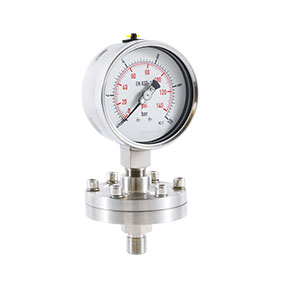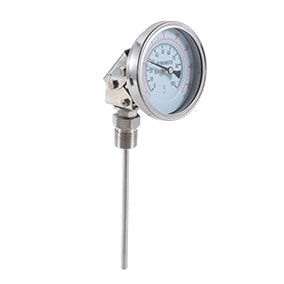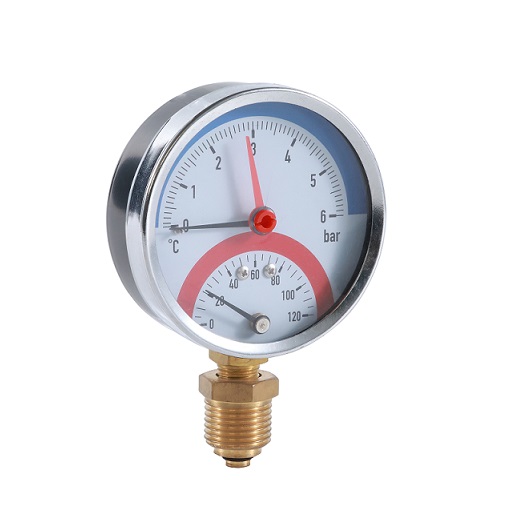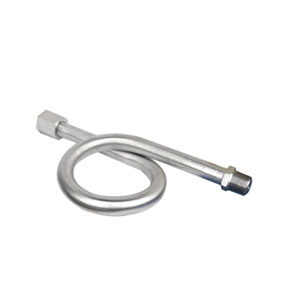Differential Pressure Gauge Selection Guide
Differential pressure gauges are a key tool for measuring the pressure difference between two points and play a vital role in various industrial applications. They not only provide data such as fluid flow, liquid level, and filter resistance, but are also widely used in the petroleum, chemical, and natural gas industries. Choosing the right differential pressure gauge can help improve production efficiency and safety, ensuring efficient equipment operation. This article provides a practical guide for selecting a differential pressure gauge.
Understanding How a Differential Pressure Gauge Works
Differential pressure gauges measure the pressure difference between two measuring points, indirectly indicating conditions such as fluid flow, liquid level, or filter resistance. They can be used to measure the pressure difference between different media, such as liquids, gases, and steam, and are widely used in industries such as chemical, power, and petroleum, gas, and more.
Key Factors in Selecting a Differential Pressure Gauge
Measurement Range: Select an appropriate pressure differential range based on the application scenario. An excessively large measurement range will result in inaccurate readings, while an excessively small range may result in out-of-range measurements. Therefore, when selecting a differential pressure gauge, consider the actual operating conditions and ensure the appropriate range.
Accuracy Requirements: Different applications require different accuracy requirements. Some critical processes (such as chemical reactions and high-precision flowmeters) require higher measurement accuracy, while lower-accuracy differential pressure gauges can be used in other situations.
Media Type: The selection of a differential pressure gauge also needs to consider the characteristics of the measured medium. For highly corrosive media or those exposed to high temperatures and pressures, a differential pressure gauge with specialized materials and designs is required. For example, stainless steel or alloys can be used to ensure stable operation in harsh environments.
Mounting Method: Differential pressure gauges can be installed in a variety of ways, including direct-mount, flange-mount, and threaded. The selection should be tailored to the specific installation environment. Ensure that the differential pressure gauge is easy to install and facilitates routine maintenance and inspection.
Ingress Protection Rating: The required ingress protection rating for a differential pressure gauge varies depending on the installation environment. If the gauge is installed outdoors or exposed to dust, moisture, or other environments, a differential pressure gauge with a higher ingress protection rating is recommended.
3. Differential Pressure Gauge Maintenance and Calibration
Differential pressure gauges require regular maintenance and calibration, especially when used for an extended period or when environmental conditions change. Regularly check the zero drift and precision error of your differential pressure gauge to ensure accurate measurement results. Furthermore, maintaining the measurement system clean and avoiding blockage and contamination is crucial for long-term stable operation of the differential pressure gauge.
An Hui Exact has many years of industry experience in differential pressure gauges and high static differential pressure gauges. With its advanced technology and high-quality service, it has become an ideal choice for users. From product customization and installation to after-sales service, An Hui Exact provides professional solutions to help users improve the efficiency and safety of their industrial processes.




